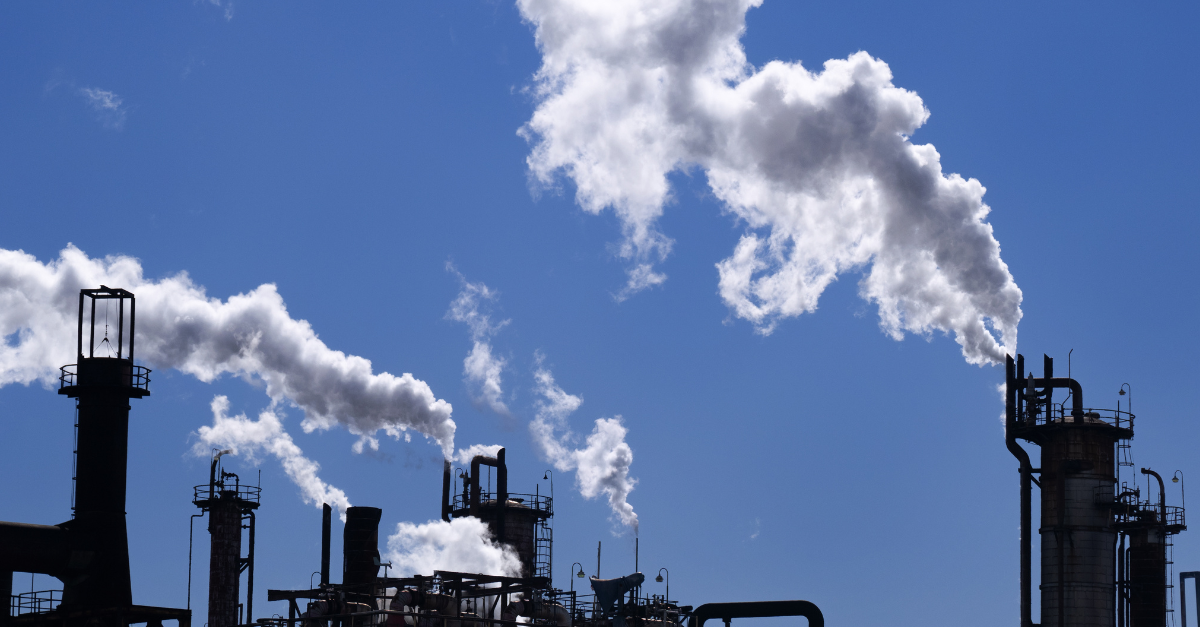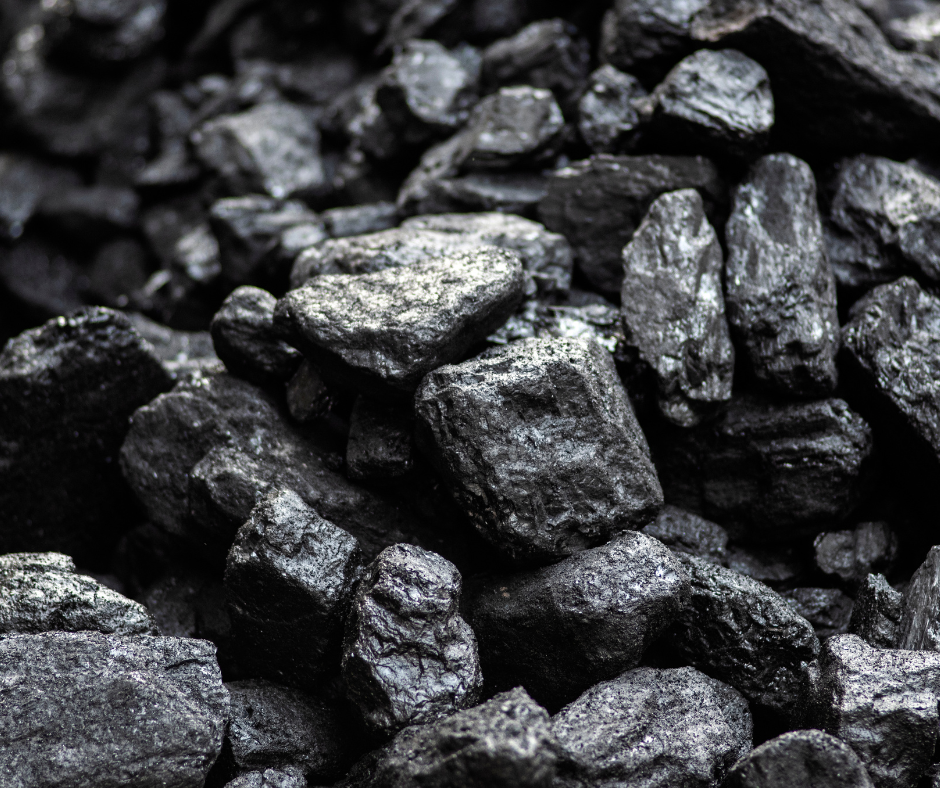Researchers at the Pacific Northwest National Laboratory (PNNL) used a MarqMetrix All-In-One with a FlowCell to demonstrate Raman’s ability to be integrated for online measurement to measure process chemistry and progress of carbon capture systems.
Summary
In this experiment focused on optimizing carbon capture processes for climate change mitigation, Raman spectroscopy plays a pivotal role. Researchers collected Raman spectra of CO2, H2O, and a water-lean solvent called 2-EEMPA at varying concentrations using an in situ Raman cell. They utilize advanced data analysis techniques to quantify CO2 and H2O loadings in the solvent, aiding in the real-time monitoring and control of the solvent’s chemical composition.
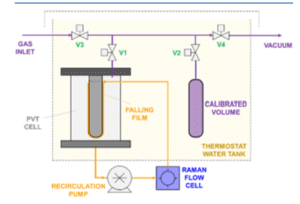
Figure 1: Schematic courtesy of the Pacific Northwest National Laboratory showing online CO2 measurements using a FlowCell1
This method is crucial for maintaining optimal efficiency in water-lean CO2 solvents and ensuring a critical water balance during post-combustion CO2 capture. Raman spectroscopy’s ability to provide real-time detailed chemical composition analysis proves invaluable in this context, offering a promising technique for full chemical analysis in carbon capture systems.
Study At a Glance
- Researchers used a MarqMetrix All-In-One coupled with a FlowCell for in situ measurements
- Solvent samples from rich and lean solvent locations were periodically extracted and analyzed using the FlowCell during operation
- A chemometrics model was developed using the 215 PLS toolbox provided by Eigenvector
- The model accurately predicted validation data (blue in figures 2-3) matching equilibrium values from static training experiments
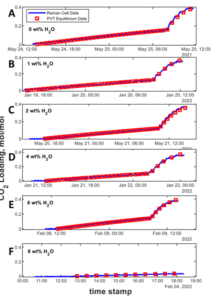
Figure 2: PLS Model Results Showing Carbon Loading in Training (Red Squares) and Validation Data (Blue Line) at Different Water Content Levels: (A) 0%, (B) 1%, (C) 2%, (D) 4%, (E) 6%, and (F) 8% H2O. Courtesy of the Pacific Northwest National Laboratory.2
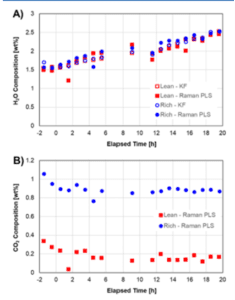
Figure 3: Raman predictions overlapping with physical sampling via Karl Fisher Titration. Courtesy of the Pacific Northwest National Laboratory3
Takeaways
This experiment showed that Raman spectroscopy, when integrated into carbon capture systems, enhances understanding of process chemistry. This proof-of-concept study demonstrated its value by examining Raman signatures of the 2-EEMPA system. The study identified Raman fingerprint variations related to changing CO2 and water levels, enabling accurate CO2 quantification without prior knowledge of water content. This methodology supports more efficient system development and lays the foundation for real-time process control. Additionally, it can quantify water content, making it a valuable tool for optimizing and maintaining water balances in carbon capture solvents, facilitating their commercial deployment.
Read the full paper here.
Citations
1-3 In Situ Raman Methodology for Online Analysis of CO2 and H2O Loadings in a Water-Lean Solvent for CO2 Capture
Amanda M. Lines, Dushyant Barpaga, Richard F. Zheng, James R. Collett, David J. Heldebrant, and Samuel A. Bryan
Analytical Chemistry 2023 95 (42), 15566-15576
DOI: 10.1021/acs.analchem.3c02281

